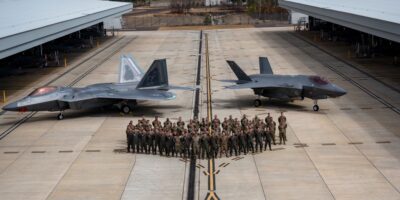eVTOL News
eVTOL News
Electric Vertical Takeoff and Landing (eVTOL) aircraft are transforming the aerospace industry. These aircraft combine electric power with advanced flight technology to offer a new mode of urban air mobility.
Development and Technology
Several companies are at the forefront of eVTOL innovations. Notable names include Joby Aviation, Lilium, and Archer Aviation. These companies are developing prototypes that promise quiet, efficient, and emissions-free flights.
Flight autonomy is a key feature of many eVTOL designs. Advanced sensors, AI, and machine learning algorithms enable these aircraft to navigate complex urban environments with minimal human intervention.
Batteries are a critical component. Most eVTOL aircraft rely on lithium-ion batteries for power. Recent advances in battery technology are pushing the limits of energy density, which is essential for extending flight times and ranges.
Regulation and Certification
The Federal Aviation Administration (FAA) and European Union Aviation Safety Agency (EASA) are working on certification standards for eVTOL aircraft. These standards ensure safety and reliability. The certification process is rigorous, involving multiple phases of testing and evaluation.
Pilot training programs tailored for eVTOL operations are also in development. These programs emphasize mastery of new flight control systems and emergency procedures. Some training focuses on transitioning helicopter pilots to eVTOL operations seamlessly.
Infrastructure and Urban Air Mobility
Infrastructure development is crucial for widespread eVTOL adoption. Vertiports, designed for eVTOL takeoffs and landings, are being planned in several major cities. These facilities will include charging stations and passenger terminals.
Urban air mobility (UAM) is the driving force behind eVTOL development. UAM aims to alleviate urban congestion by providing a new layer of transportation. Companies like Uber Elevate have been instrumental in conceptualizing urban networks of eVTOL services.
Environmental Impact
eVTOL aircraft have a smaller environmental footprint compared to traditional helicopters and airplanes. By using electric power, these aircraft produce zero direct emissions during flight. Noise pollution is also lower, thanks to quieter electric motors and advanced aerodynamics.
However, the environmental impact of battery production and disposal remains a concern. Research is ongoing to develop more sustainable battery technologies and recycling methods.
Economic Aspects
Investment in the eVTOL sector is growing rapidly. Major corporations, venture capitalists, and government agencies are funding eVTOL projects. The market potential is enormous, with applications ranging from passenger transport to cargo delivery.
Job creation in the eVTOL industry spans various sectors. Engineers, software developers, pilots, and logistics planners are in demand. The industry also offers opportunities for new business models and services.
Use Cases
eVTOL aircraft are being developed for diverse use cases. Urban passenger transport is the most high-profile application. These aircraft can provide fast, reliable transportation in densely populated areas.
Medical transport is another promising use case. eVTOL aircraft can quickly move patients, organs, and medical supplies. This capability is especially valuable in emergencies and for remote locations.
Cargo delivery is also an important application. eVTOL drones can transport goods efficiently over short distances. This service can complement existing logistics networks and reduce delivery times.
Challenges and Future Prospects
Several challenges must be overcome for eVTOL to become mainstream. These include ensuring safety, affordability, and public acceptance. Advances in battery technology, regulatory framework, and infrastructure will play pivotal roles.
The future of eVTOL technology is promising. With continued innovation and investment, these aircraft could revolutionize transportation in ways akin to the advent of the automobile.




Subscribe for Updates
Get the latest articles delivered to your inbox.
We respect your privacy. Unsubscribe anytime.